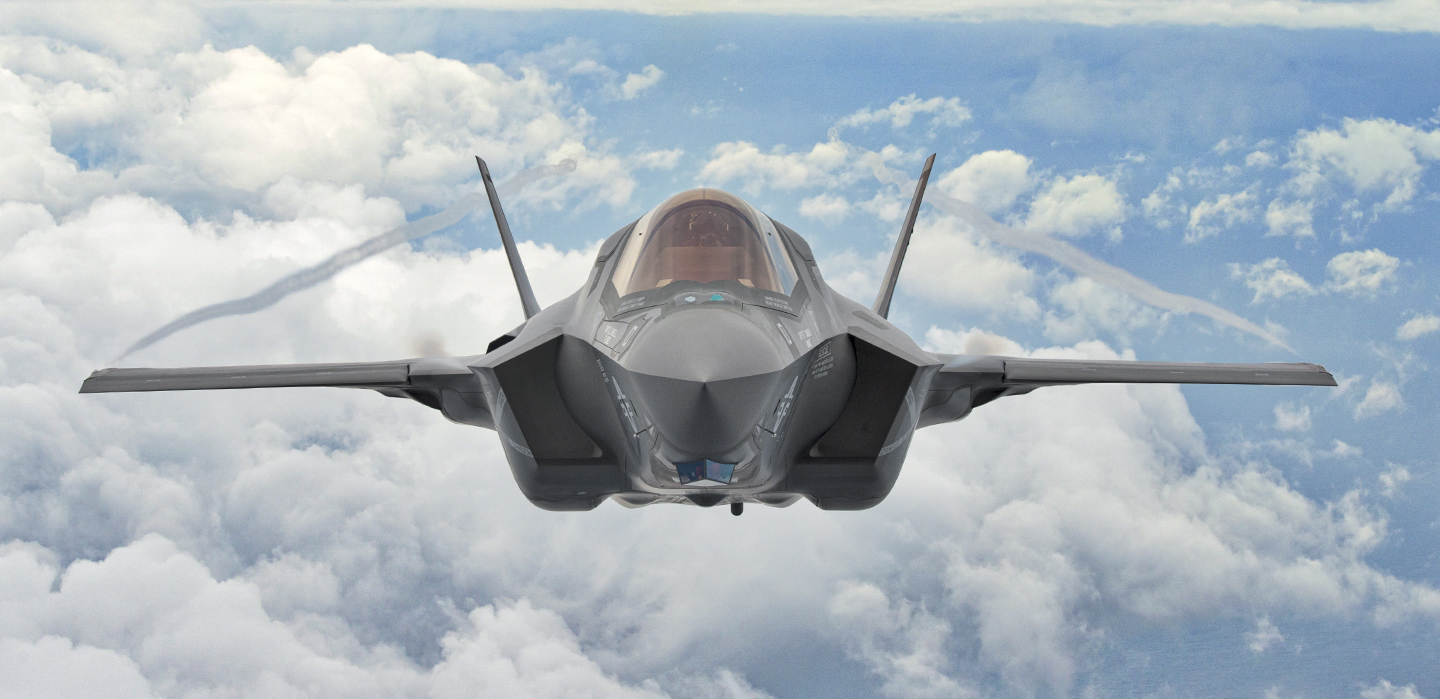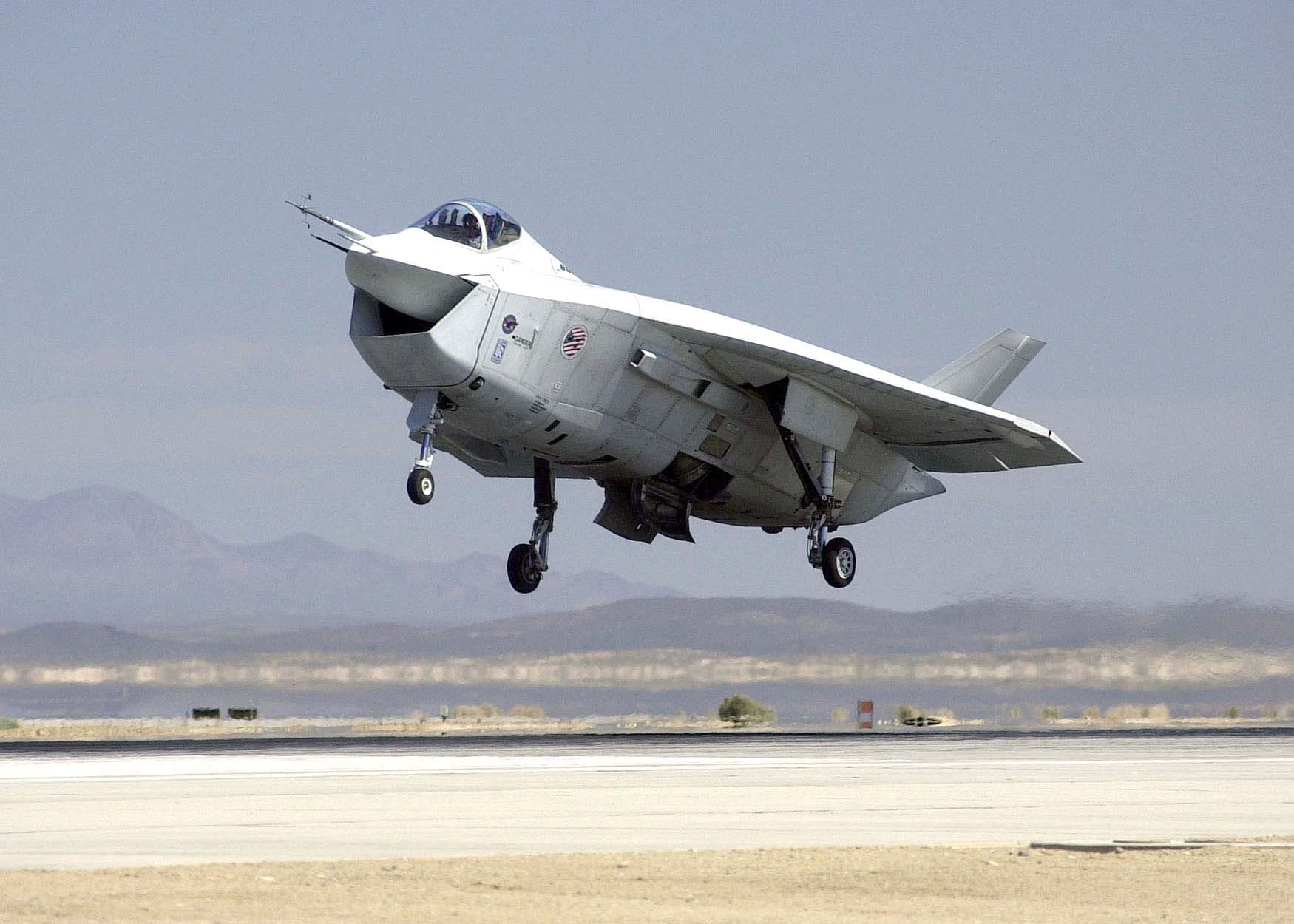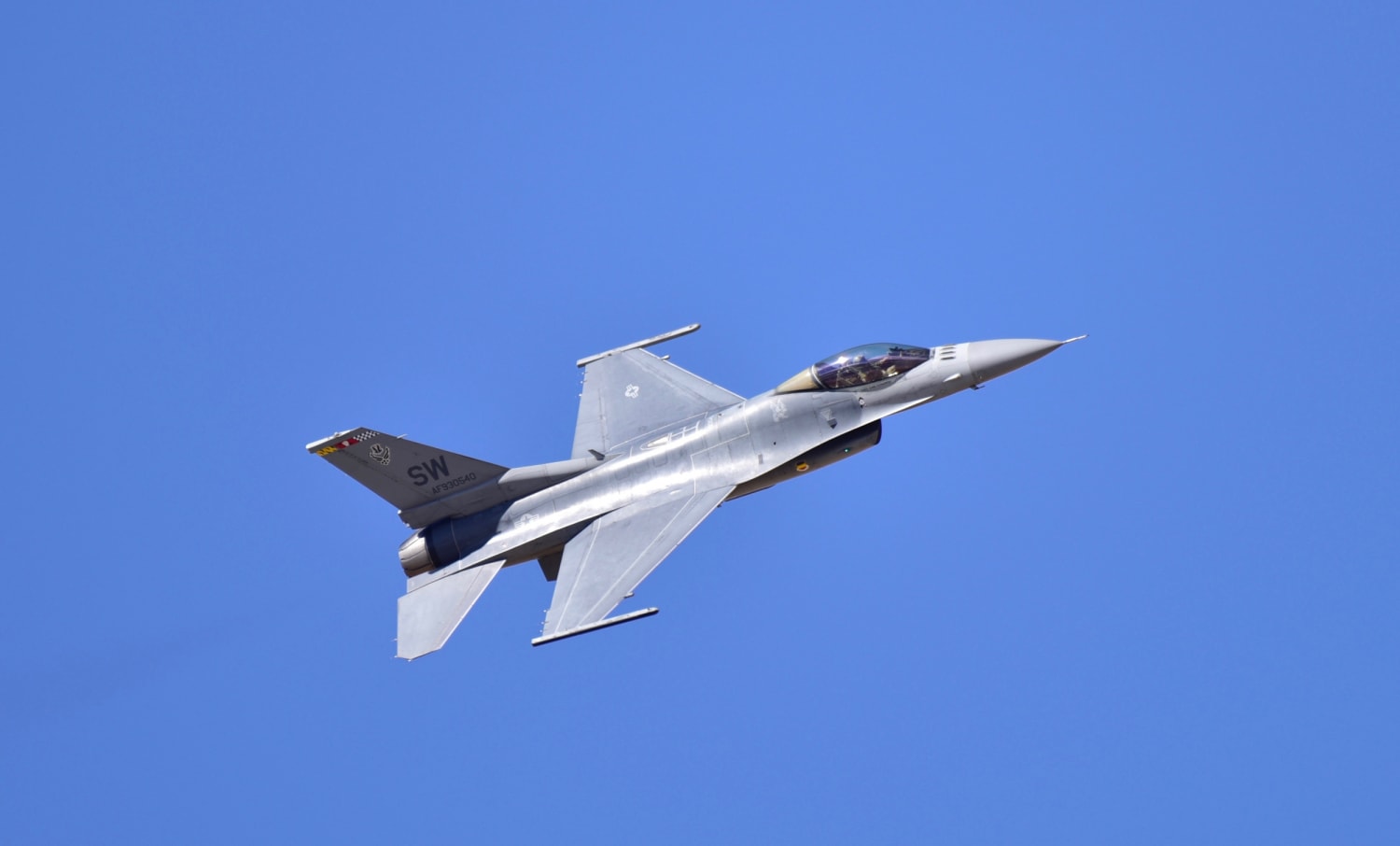F-32 Fighter Jet - To this day, the X-32 is criticized for its ugly appearance, but Boeing's final vision for its F-32 fighter jet is markedly different in appearance.
In 2001, Boeing's X-32 competed with Lockheed's X-35 for a lucrative Joint Strike Fighter contract. Building a stealth fighter capable of carrying a large payload while allowing for short takeoffs and vertical landings is quite a challenge, and the two companies approach the problem very differently. Ultimately, the X-32 lost out to the X-35 for a number of reasons, which we'll cover in a future article, but many who were impressed with the X-32's "unique" look didn't realize that Boeing had given their F The -32 production has some very significant design changes planned. Now, thanks to our friend Adam Burch from Hangar-b.com, we can take another look at what the plane will look like.
F-32 Fighter Jet

Partly because the Navy insisted on making performance changes late in the game—too late to incorporate them into its X-plane demonstrator—Boeing's design refinements included an entirely new wing concept. Gone are the large modified delta wings, replaced by a more traditional fighter wing configuration that also includes separate, fully articulated "cinematic waves".
Germany To Decide Mid December On Purchase Of F 35 Fighter Jet Aviation News International Aviation News, Airshow Reports, Aircraft Facts, Worlds Largest Aviation Museum Database. Civillian, Military & Space, We Cover It All
The aircraft's nose was also redesigned to accommodate the radar, and its infamous air intake design became slightly "flared" and included a more refined forward-swept "anti-bite". The cockpit canopy has also been changed, losing the bow section to an uncovered configuration. Many other smaller changes were made to the original moldline as well.
Overall, the F-32A has a less exotic but more attractive design that retains a lot of interior space for fuel and weapons. Its redesigned wing retains much of the wide chord and camber of its delta predecessor. The design of the air intake remained an issue, but with these changes, less of the front of the engine was visible to the radar from the front hemisphere, and the design always included the inclusion of a variable geometry baffle engine in front of the engine to significantly lower the aircraft critical thrust. - in the radar section.
So even though it could still lose out to the X-35, the F-32 concept is largely misunderstood because the X-32 demonstrator doesn't actually represent the base design configuration. Aesthetically at least, the F-32 is far ahead of its concept prototype, which may help it become the largest military aircraft program in history.
Big thanks again to Adam Birch for these great renderings. Check out his other killer creations at Hangar-B.com. How cool is it that a guy actually draws space stations and rockets for a living! ? The Boeing X-32 is a proof-of-concept aircraft developed for the Joint Strike Fighter competition. It lost out to the Lockheed Martin X-35 demonstrator, which was modified to become the Lockheed Martin F-35 Lightning II.
Finland Seals Deal For U.s. F 35 Stealth Jets, Reflecting Tight Ties To Nato
This section requires additional citations for verification. Please help improve this article by adding links to reliable sources. Unverifiable content may be challenged for removal. (January 2019) (Learn how and what to remove from this message template)
The goal of the program is to develop a stealthy design to replace all of the Department of Defense's light fighter and attack aircraft, including the F-16 Fighting Falcon, McDonnell Douglas F/A-18 Hornet, and Vertical/Short Takeoff/Vertical Landing ( V/STOL) AV-8B Harrier II.
In 1994, Congress ordered the merger of the two aircraft into the Joint Strike Fighter (JSF) program.

A number of companies are involved in the first phase of the project, which involves developing a conceptual aircraft design for submission to the Ministry of Defense. On November 16, 1996, Boeing and Lockheed Martin signed a contract to produce two Demonstration of Concept Aircraft (CDA).
F 35 Lightning Ii
According to the contract, these fighters will perform conventional take-off and landing (CTOL), carrier-based take-off and landing (CV version) and short take-off vertical landing (STOVL) demonstrations. They are also expected to include ground demonstrations of systems representative of aircraft production, such as the Advanced Weapon System Concept (PWSC).
One of the main differences from previous projects is that companies are prohibited from using their own funds to finance development. Each company received $750 million to build their two planes, including avionics, software and hardware. This restriction facilitated the use of low-cost manufacturing and assembly techniques and prevented Boeing or Lockheed Martin from going bankrupt in order to win such an important competition.
Boeing's competitive advantage strategy is to significantly reduce manufacturing and life cycle costs by minimizing the variance between different versions of the JSF. As such, the X-32 is designed around a large, one-piece carbon fiber delta wing. The wings span 9.15 meters, have a leading edge sweep of 55 degrees, and can hold up to 20,000 pounds (9,000 kilograms) of fuel. The purpose of the high sweep angle is to allow the use of thick wing sections while providing limited transonic drag and providing a good angle for conformal antenna equipment mounted on the wing.
The cost-competitive strategy also led Boeing to select the direct-lift thrust-vectoring system to meet the Marine Corps' short take-off and vertical landing (STOVL) requirements because it only required the addition of a thrust-vectoring module around the aircraft. chief elf
Finland Selects F 35 Fighter As Hornet Replacement
However, this option required mounting the engine directly behind the cockpit and moving the center of gravity forward from its usual position in jet fighters (towards the rear of the aircraft) to be able to hover in a neutral position. In the 1960s, Boeing proposed a similar supersonic fighter with center-of-gravity engines and thrust-vectoring nozzles, but it didn't go beyond the photos published in Aviation Week.
In contrast, Lockheed's attempt looks more like a scaled-down version of the F-22 Raptor stealth fighter.
Another effect of choosing a direct lift system is the massive air intake in the chin. This is necessary to supply enough air to the main engine (to provide the thrust required for hover) during the zero horizontal velocity phase where boost air pressure cannot be used. Another effect of such a large amount of water ingress is the potential direct radar visibility of the compressor blades (see radar cross-section). Mitigation options include variable baffles designed to block incoming radio waves without adversely affecting airflow.

The two X-32 aircraft have a triangular wing design. However, eight months after building the proof-of-concept aircraft, the maneuverability and payload requirements of the JSF were refined at the request of the Navy, and Boeing's delta-wing design did not meet the new goals. Engineers changed the plane's design to a conventional sloping twin tail, reducing weight and improving maneuverability, but it was too late. People recognize these are enough to prove Boeing's technology.
Polish Ministry Of National Defence Will Sign $4.6 Billion Deal For 32 F 35 Fighter Jets
On December 14, 1999, Boeing unveiled two of its concept demonstrators to an audience of 5,500 at its Palmdale, California, factory. While the arrival of the X-32A was expected, the release of the X-32B was a surprise, as construction of the latter began three months after the first aircraft and was completed six weeks after the X-32A.
Boeing credits the rapid construction of the STOVL version to the use of digital design and assembly methods.
After the Pratt & Whitney F119 engine was installed in April 2000, the X-32A began to conduct low- and medium-speed taxiing tests, which were completed at the end of May.
Due to the X-32's heavy delta wing design, Boeing demonstrated STOVL and supersonic flight in separate configurations, which required some parts to be removed from the fighter. The company has promised that the tail design they usually use for production models will not require a separate configuration. In contrast, Lockheed Martin's X-35 proof-of-concept aircraft is capable of switching between STOVL and supersonic configurations mid-flight.
A Goofy Looking Plane Could Have Replaced The F 35 Stealth Fighter
The first flight of the X-32A (designed for CTOL and carrier testing) took place on September 18, 2000, from Boeing's Palmdale factory to Edwards Air Force Base. The plane, flown by Boeing test pilot Fred Knox, covered 2,200 feet (670 meters) of air before blasting off at 150 knots (280 kilometers per hour; 170 mph) around 8:00 a.m. track.
Shortly after takeoff, a minor hydraulic leak was discovered and the flight time was shortened from the expected 30-40 minutes to 20 minutes.
According to Knox, the F/A-18 needed "a lot of afterburner" to keep up with the X-32 early on. In flight, the aircraft reached 10,000 feet (3,000 m), a speed of 200 knots (370 km/h; 230 mph), and an angle of attack of 13°. About 80 percent of planned checkpoints have been completed, despite reduced flight times.

On March 29, 2001, the X-32B STOVL version made its first flight. The flight from Palmdale to Edwards Air Force Base lasted 50 minutes. Originally, the flight was planned for the third quarter of 2000.
Lockheed Martin F 35 Lightning Ii
In normal flight, the -614S is configured with conventional afterburning turbofan engines. However, in STOVL mode, the throttle valve diverts the main exhaust flow to steam
Mig 21 fighter jet, mig 35 fighter jet, mig 29 fighter jet, mig 15 jet fighter, mig 31 fighter jet, new mig fighter jet, mig 25 fighter, mig 39 fighter jet, mig jet fighter for sale, f 25 fighter jet, mig 25 jet, latest mig fighter jet
